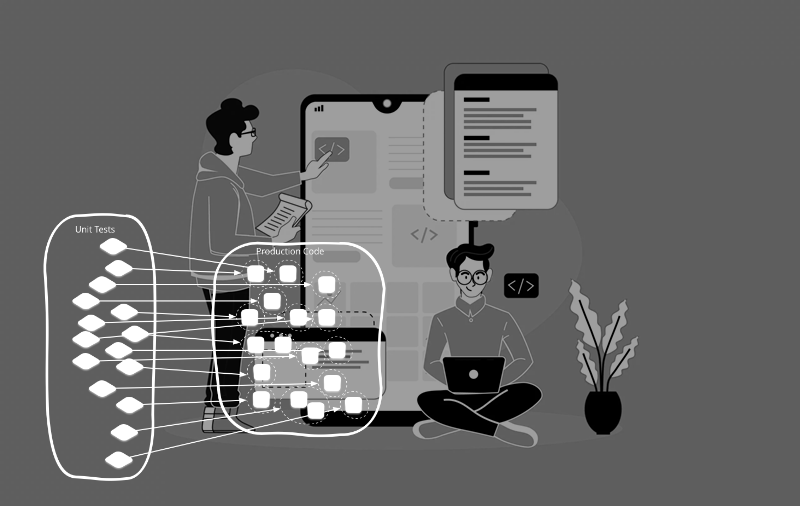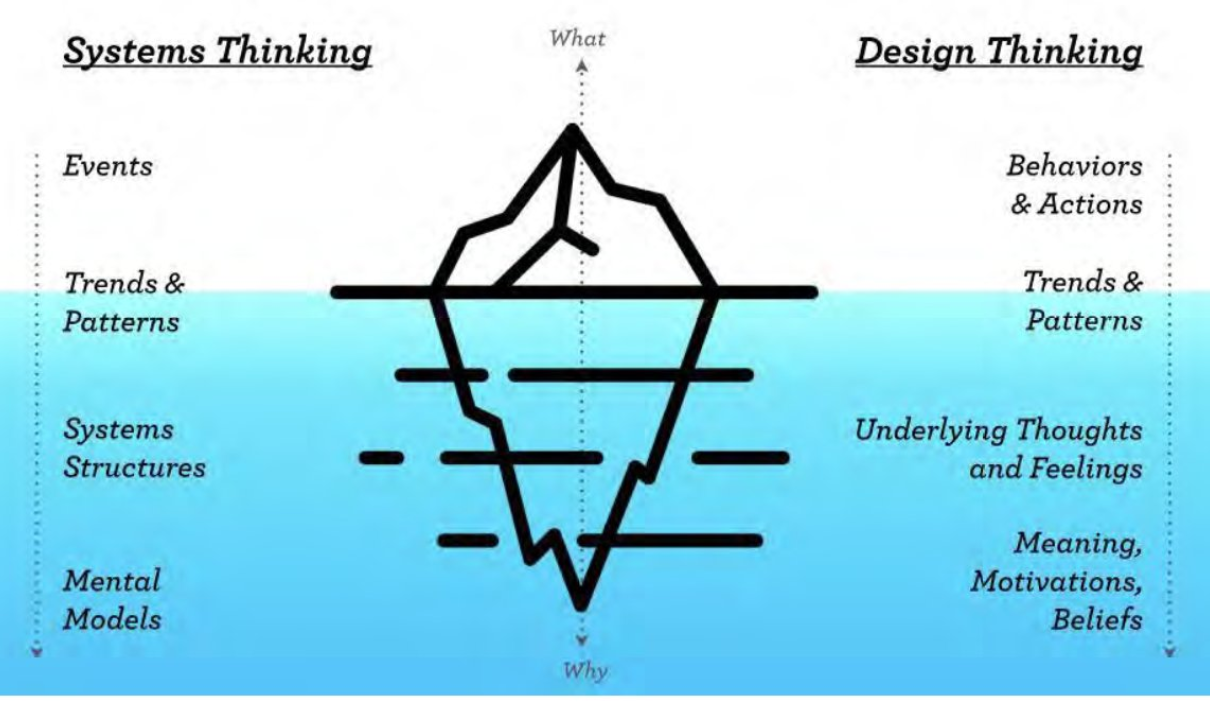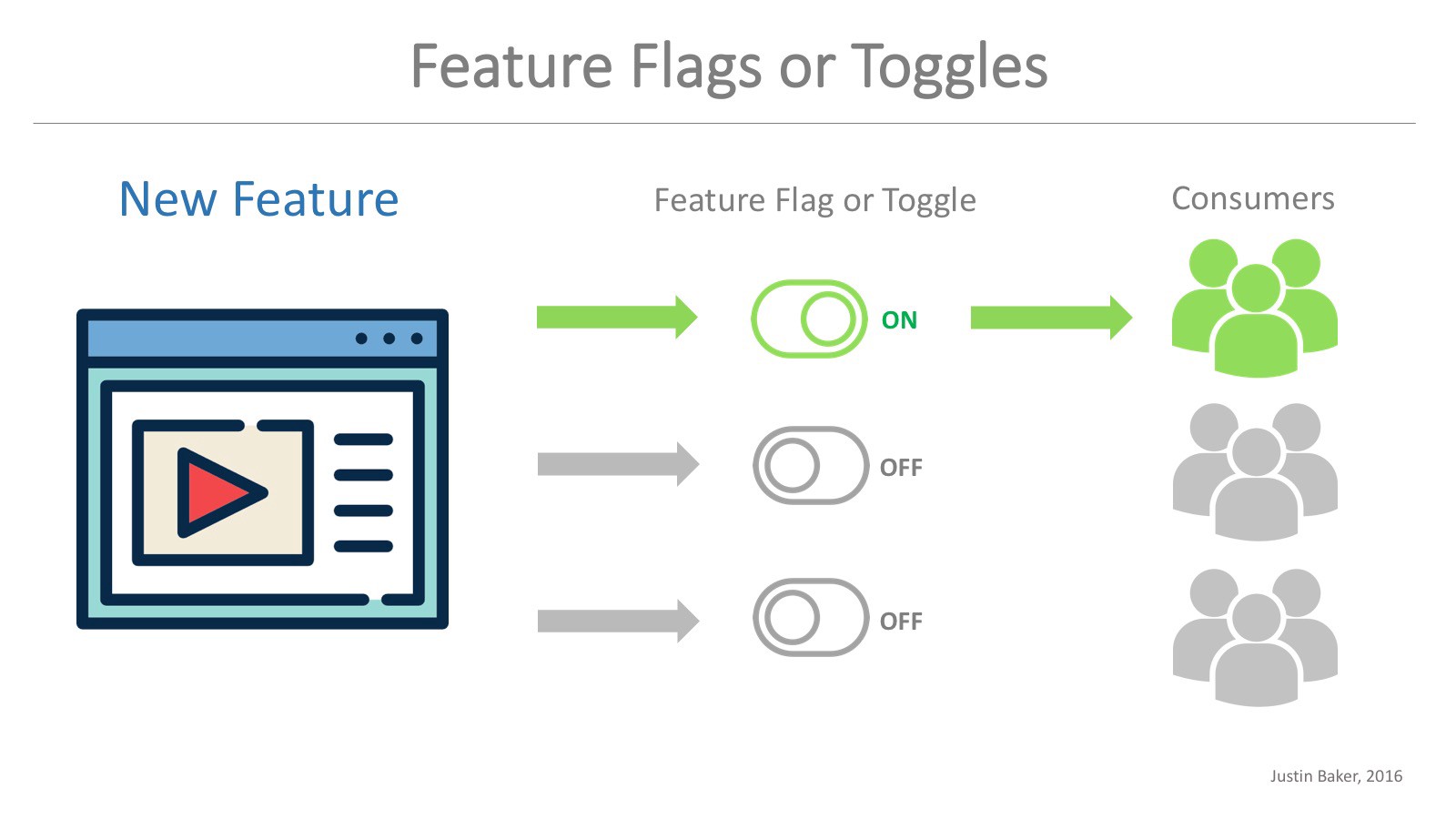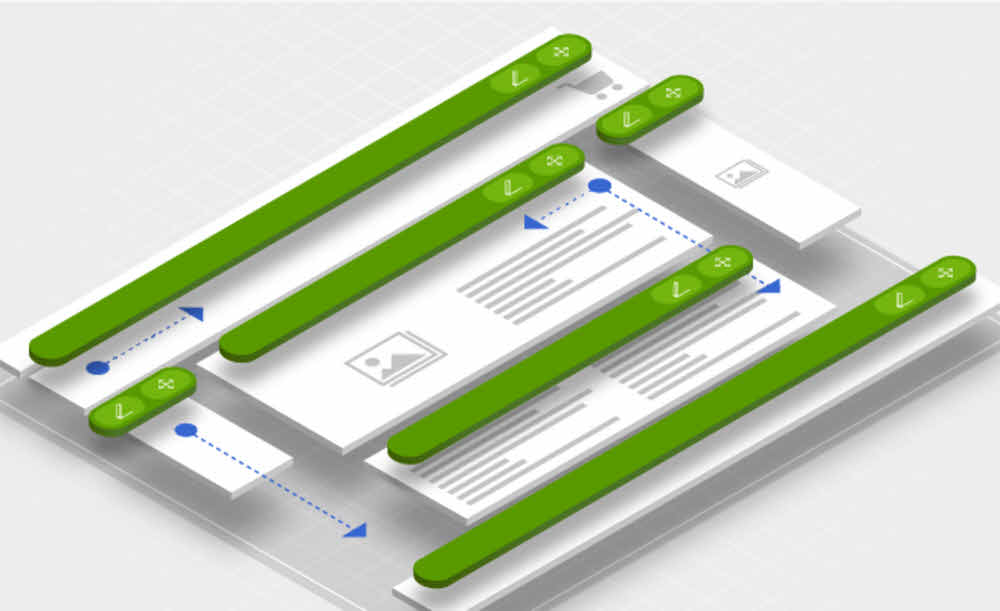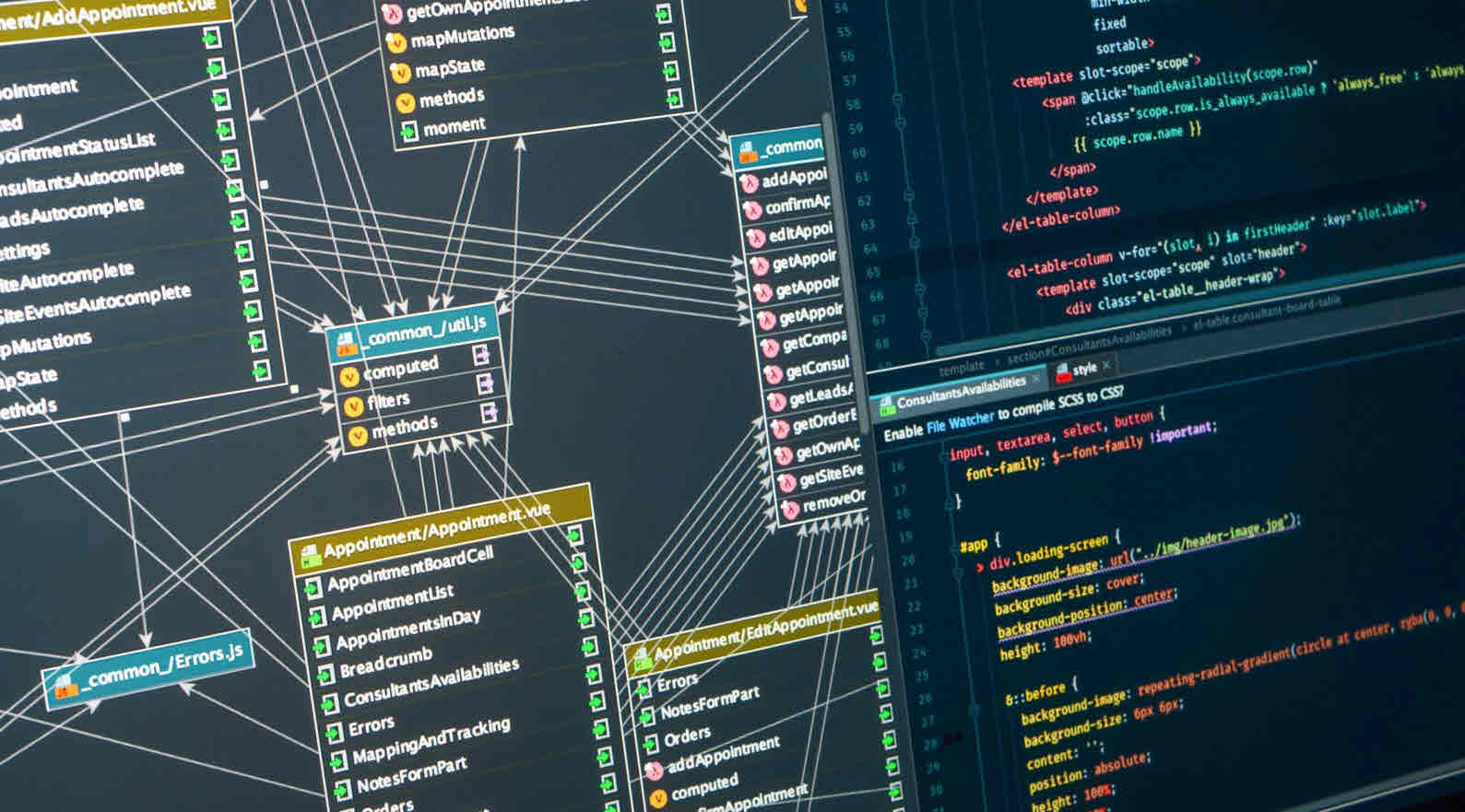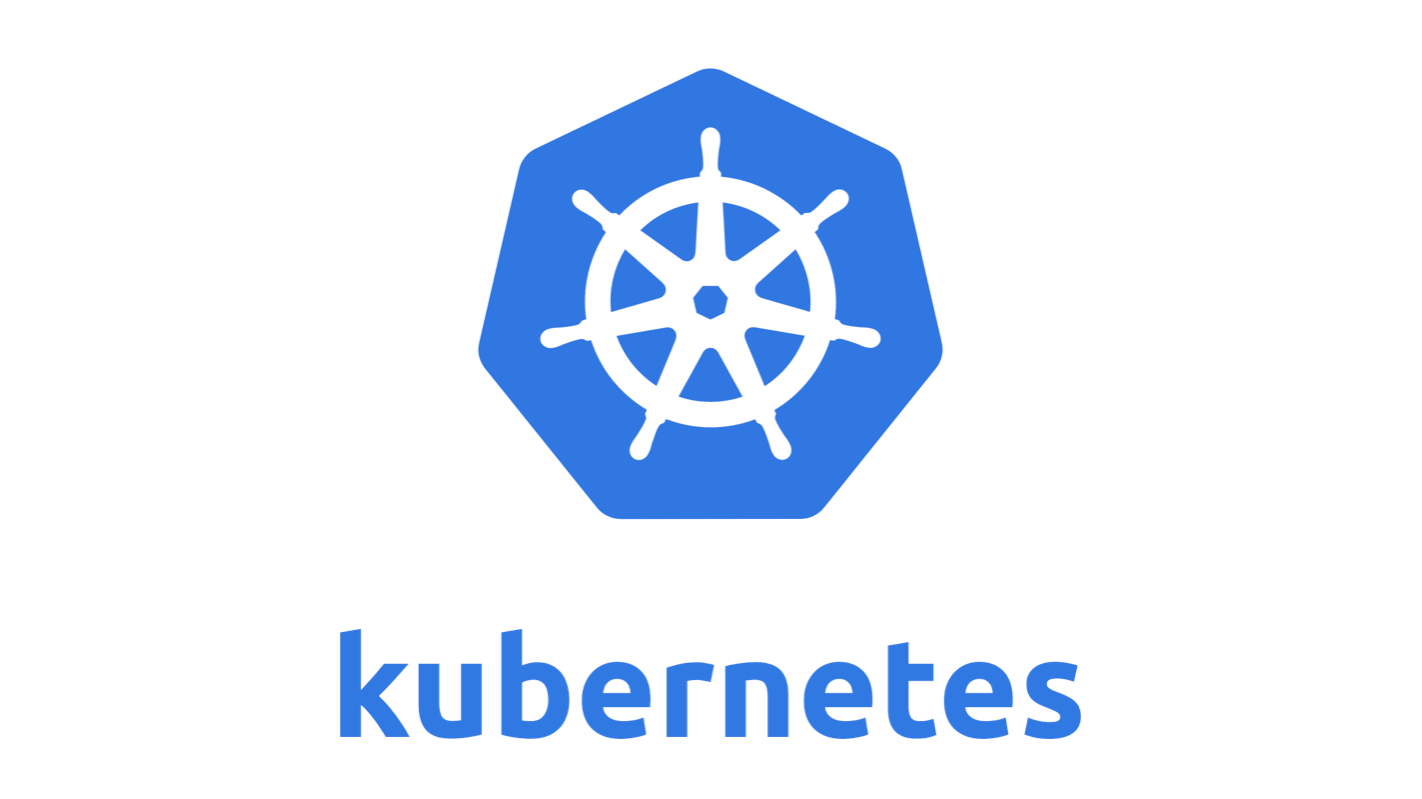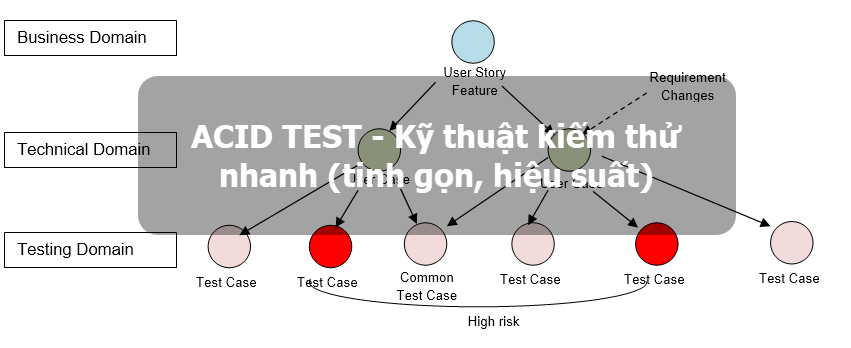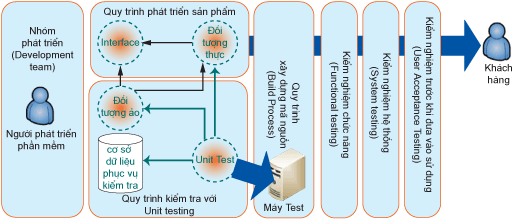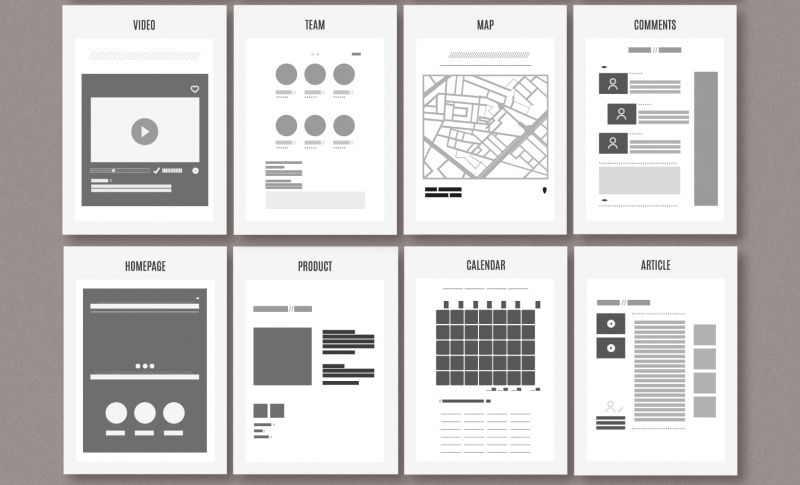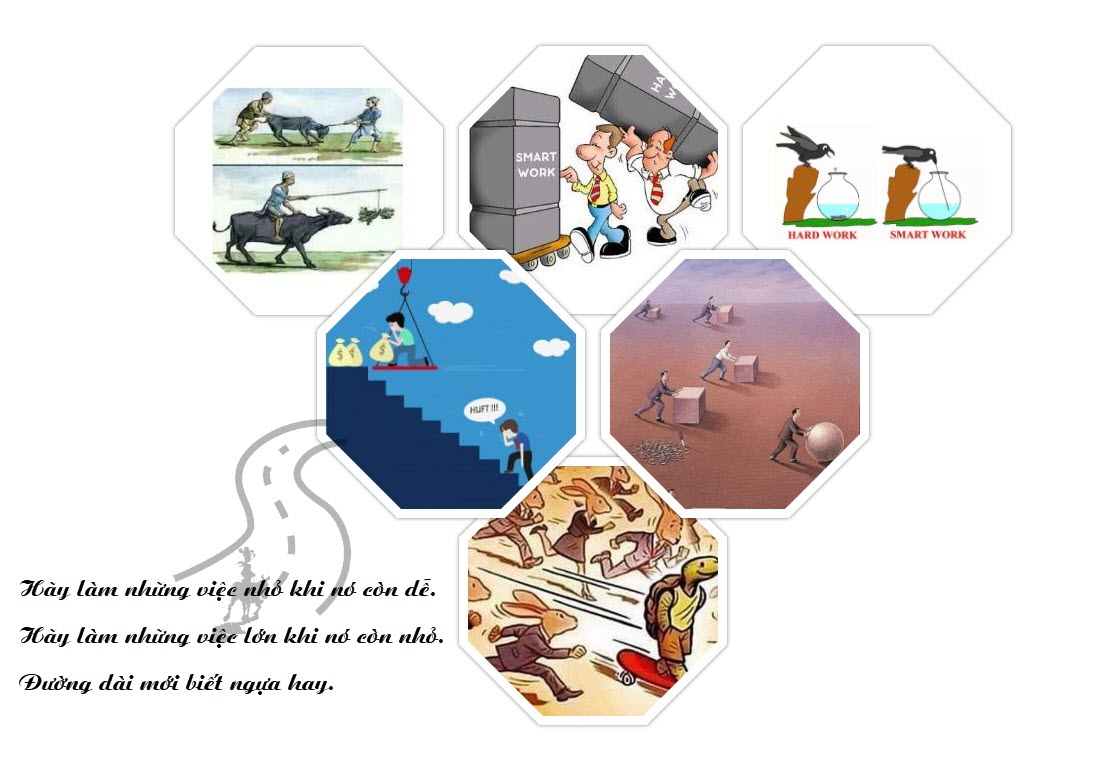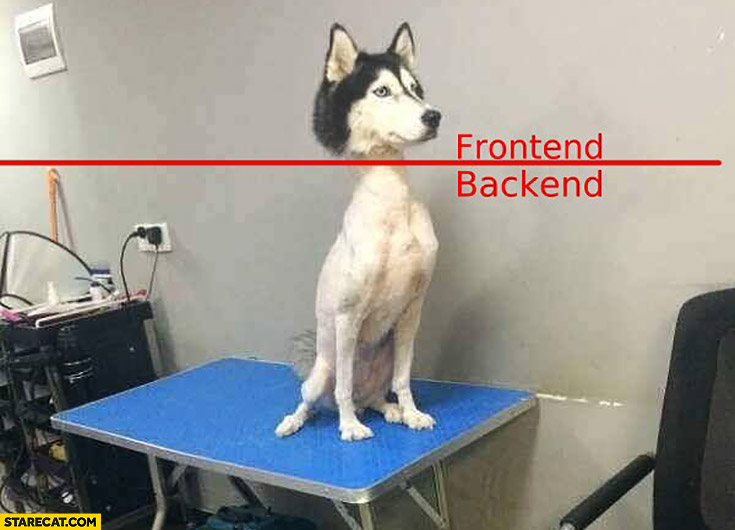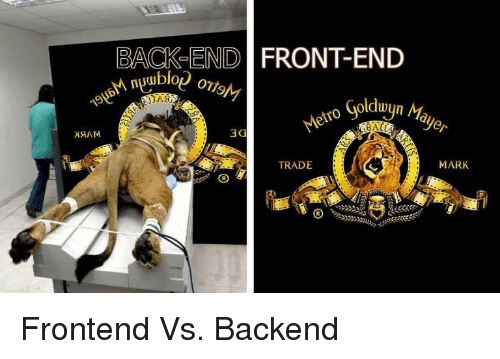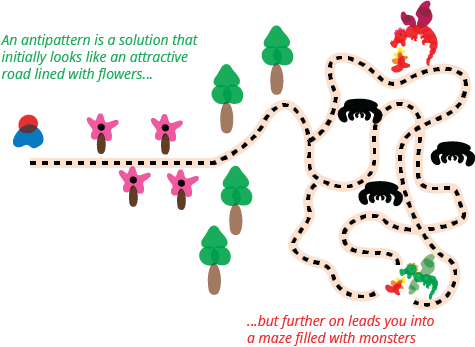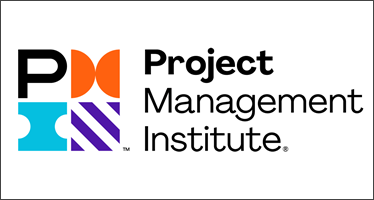The Benefits of a Hybrid Software Solution
Regardless of industry, a company’s technology strategy is an essential component of their long-term business plan. When it comes to software, on-premises or SaaS, business leaders must regularly make decisions on whether to build custom applications in-house or buy off the shelf. With either choice, there is an opportunity cost.
In this article, we will look at the build-or-buy dilemma through the lens of data science with an emphasis on the importance of flexibility and control over analytical software. We will also examine the cost/benefit of buying packaged applications “off the shelf” versus a hybrid approach.
Targeted Promotions Use Case
Suppose a retailer is looking for a targeted promotion planning solution that identifies optimal personalized promotions to maximize. Key components of the optimization include promotional price, product category/subcategory, and promotion type (e.g. % discount or BOGO) for individual customers on a weekly basis. The requisite application would require machine learning, forecasting, and optimization algorithms to segment customers, estimate demand, and build a recommendation system. Furthermore, the application would have to consider defined business constraints including, but not limited to, planned promotions, cross-promotional effects, and limited inventory, to name a few.
Today, most retailers would opt to buy an application with this level of sophistication off-the-shelf as they lack the time, budget, and technical proficiency to build a planning solution of this magnitude. That said, the modern retail enterprise is increasingly recognizing the advantage of in-house data science teams and making meaningful investments. Companies that have internal resources can greatly benefit from a pre-packaged solution that also offers a platform with access to algorithms and tools in order to iterate and develop new innovations, fit for purpose, at scale.
Alternative Models and Algorithms
One of the main arguments against off-the-shelf solutions is that functionality is limited by pre-built models and algorithms. Most pre-packaged solutions in the market today limit the possibility to implement and test alternative models that may be better adapted to the retailer’s needs or that may offer improved performance. For example, a commonly used forecasting algorithm in retail applications is time series methods which provide adequate forecasting accuracy and are interpretable and easy to visualize. However, speak to any data analyst and they will quickly tell you that in the presence of external factors like weather effects, events, and competitor price, feature-based models such as generalized linear models (e.g. linear regression) or ensemble methods (e.g. random forests) may produce more accurate results and allow for explaining and analyzing the effect of different factors. Sometimes even a small improvement can translate to a significant rise in revenue, which makes it worthwhile to invest in a solution that provides the flexibility for testing alternative models.
Optimization is another area where a data scientist may want to implement and test variants of a model, for example, to examine the effect of different business constraints or to compare different objective functions. In the targeted promotions use case, the typical optimization objective is the sell through or the profit margin. However, some retailers find it useful to optimize a multi-objective function to find a solution with balance between the two competing metrics. Also, depending on the retailer’s business strategy, it is more practical to consider more complex metrics such as gross margin return on investment (GMROI).
Finally, while built-in functionalities are a great starting point for most retailers, it is not uncommon to require additional features based on specific business processes or specialization. For example, a retailer may want to identify similar items using image similarity rather than product attributes, or extract product attributes from images rather than product descriptions. In both use cases, a data scientist would have to build a mini application whose output is consumed by the recommendation system or the demand model in the promotion planning software.
Enhancing Machine Learning Models
In the world of machine learning, data scientists must make key decisions, including:
-
Selecting and creating features (a.k.a. feature engineering)
-
Choosing the algorithm
-
Setting hyperparameters like regularization values and convergence thresholds
When packaged in a software application, most—if not all—of these decisions are made by the supplier and steps are automated.
For example, the recommender model in a retail promotion planning software application may use all available features, or employ simple feature selection techniques like filter methods where features are selected based on their correlation with the outcome variable. Creating new features, however, is considered more of an art than a science because it depends on human intuition to interpret implicit signals in data and creatively transform the existing features. Due to the essence of automation, pre-packaged machine learning models often fail at creating features that capture hidden business insights. For example, creating features for light color and dark color rather than using the actual color of the product can simplify an attribute-based demand model and may also improve predictions.
Long-Term Data Planning
As a company gets access to new sources of first-party and third-party data, it is likely that the models and/or algorithms need to be enhanced in order to leverage the new data. This requires retailers to continuously challenge themselves to think about their future state and the customer’s experience to deliver next. With a pre-package solution, the timeline and scope of software releases determine which new features will be added and when they will be available. In most cases, the release plans are not aligned with the evolving needs of the retailer’s business. Therefore, in order to be agile in responding to changes, retailers should have some level of control over the end product.
Suppose a retailer has acquired anonymized social network data and believes that the data will help create social-based customer segments that can be used for proactive targeted marketing. To execute a proof of concept, a data scientist must recreate customer segments based on the social data (in addition to previously used data like purchase history and demographic) and compare the new segments with existing ones. In addition, to truly assess the value of a new segmentation scheme, one must rebuild the recommendation model and evaluate the performance of the recommender (for example, on a holdout sample).
Custom Reports and Visualization
Most analytical software applications do not provide powerful visualization and reporting features because they are not meant to be primarily used as BI reporting tools. Nonetheless, users often expect to be able to generate graphs and tables to present outputs and insights to managers and peers.
For example, to present the quarterly performance of sales promotion to the category manager, a business analyst would have to prepare a report that summarizes performance measures such as revenue, profit, and sell-through sliced by customer segment, in-store/online purchases, location, etc., and compare the numbers with previous quarters. A promotion planning application has all data required for creating such a report, but in most cases a user would have to export several data tables and use external tools (such as Excel) to create charts and graphs. This isn’t ideal or efficient.
The Best of Both Worlds
Every retailer is different in their day-to-day business process so it’s almost impossible for a retailer to find an off-the-shelf solution that fully meets their technical and architectural requirements. On the other hand, the costs and risks of developing a customized solution outweighs the benefits for most retailers. An arguably more practical system is a hybrid solution that allows retailers to leverage the best of both worlds.
A hybrid solution provides access to the functionalities of pre-packaged software, the software data tables, and a collection of open source tools. This approach gives users access to cleansed and structured data aggregated at different levels and across several dimensions, as well as various cutting-edge tools for machine learning, optimization, and data analysis. Such a system allows the data scientist to focus more on implementing models and algorithms that meet their specific needs and less on data pre-processing.
In line with the hybrid model, Oracle Retail has recently launched Science Innovation Workbench which is part of the Oracle Retail Science Platform Cloud Service and can be used as an extension to any of the retail science applications, such as Oracle Retail Offer Optimization Cloud Service or Oracle Retail Customer Segmentation. The Innovation Workbench enables retailer data scientists to access the application data in a secured workspace, import external data, and use a wide selection of open source tools and languages like R, Python, and Gurobi.
The Innovation Workbench provides a SQL notebook interface and a Python notebook for data scientists to build and execute machine learning and optimization models. For example, the data scientist will be able to load product images into the workspace and use a machine learning package in Python to build a model for extracting attributes. The user is then able to conveniently compare the outputs with the values in product attribute table to evaluate the model. The Innovation Workbench also offers a development environment that can be used to build and deploy database-centric applications, such as interactive grids, reports, and charts.
The combination of the above features provides a host of benefits for the retailer:
-
Flexibility for data scientists to use the tools they are already adept at and to explore state of the art algorithms
-
Reproducibility of work as data scientists will be able to reuse and build upon each other’s code
-
Scalability as retailer data, data science projects, and the data science team grow
-
Increased productivity by saving data scientists time and effort in running machine learning pipelines
When planning for their software needs, retailers should choose with the right balance of cost and flexibility in mind, knowing that there is no one-size-fits-all solution. For retailers who choose to buy off-the-shelf software, the hybrid solution provides the flexibility that is lacking in pre-package applications and allows them to develop new innovations, which can ultimately be what sets them apart from their competition.


